Optimal Schedule for Septic Emptyings
Septic emptyings are essential for maintaining the proper function and longevity of a septic system. Timing these emptyings correctly can prevent system failures, reduce maintenance costs, and ensure environmental safety. The optimal schedule depends on system size, usage frequency, and wastewater volume.
Spring and fall are ideal times for septic emptyings, as they typically involve moderate usage and milder weather conditions, reducing the risk of system stress.
High-usage households may require emptying every 1-3 years, while lower-usage systems can go up to 3-5 years between emptyings.
Avoid emptying during extreme weather conditions such as heavy rain or freezing temperatures to prevent system damage and ensure proper waste processing.
Regular inspections can help determine the best time for emptying, especially if sludge levels exceed recommended limits.
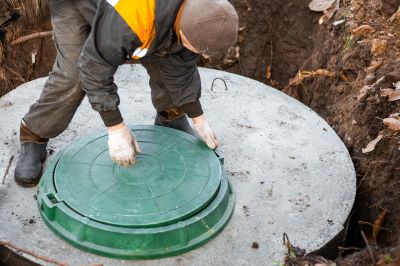
Routine inspections help identify when emptying is needed to prevent overflows.
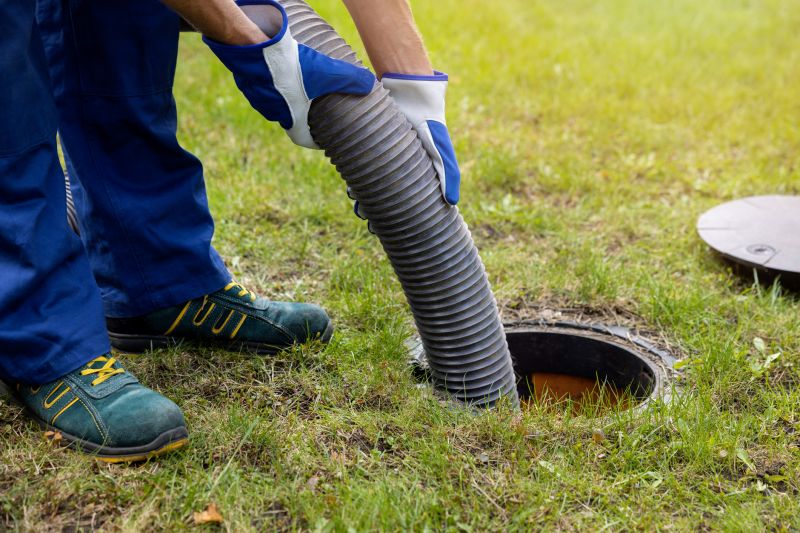
Proper equipment ensures efficient and thorough septic tank emptying procedures.
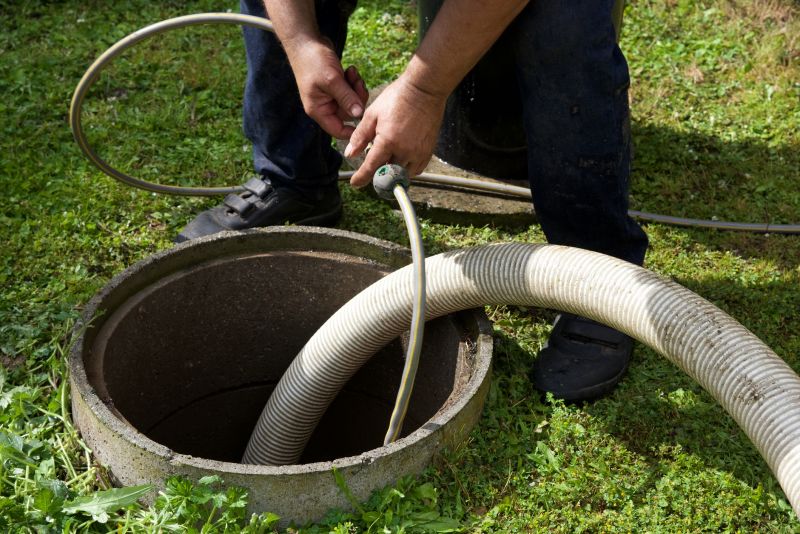
Regular maintenance extends the lifespan of septic systems and reduces emergency repairs.
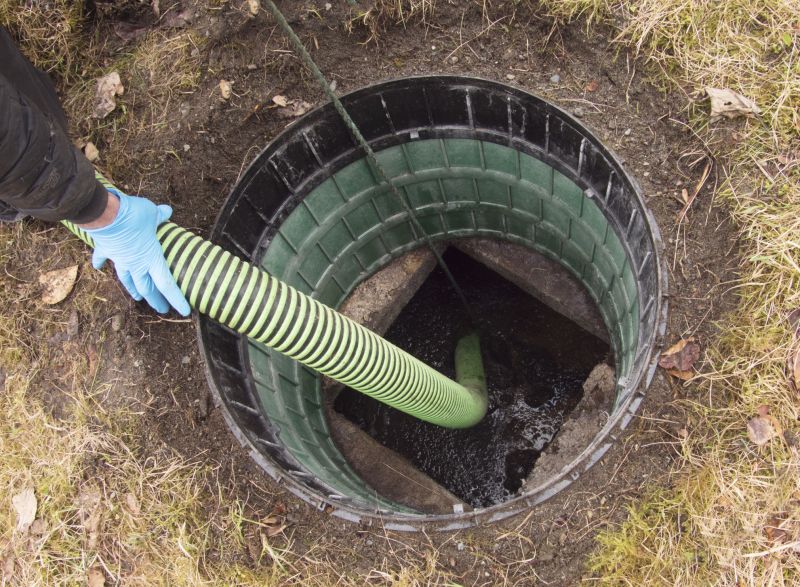
Proper disposal of waste after emptying prevents environmental contamination.
| Usage Level | Recommended Emptying Interval |
|---|---|
| Low (few occupants, minimal usage) | Every 3-5 years |
| Moderate (average household usage) | Every 2-3 years |
| High (multiple occupants, frequent use) | Every 1-2 years |
| Commercial or heavy-duty systems | Annually or as needed |
| Systems with high solids accumulation | More frequent inspections needed |
Septic emptyings are a crucial component of septic system maintenance, preventing system failure and environmental hazards. Regular emptying removes accumulated sludge and scum, which if left unattended, can lead to backups, overflows, and costly repairs. Proper timing based on usage, seasonality, and inspection results ensures optimal system performance and longevity.
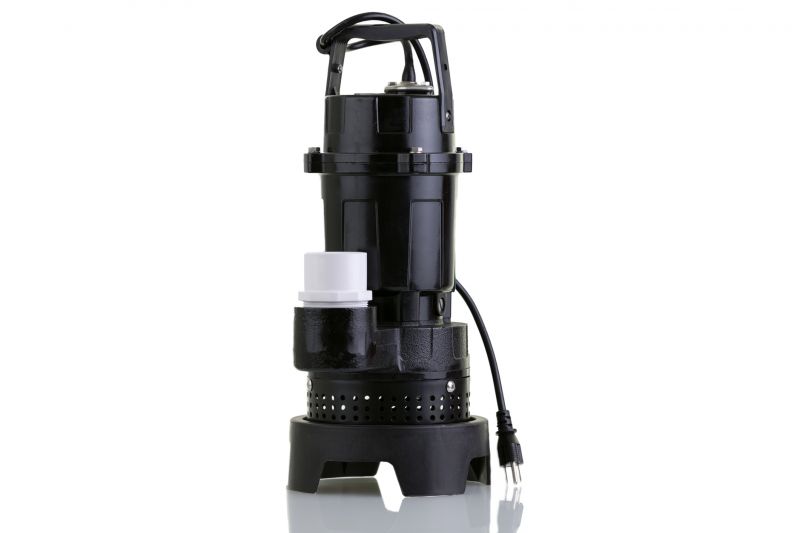
Efficient pumping removes waste buildup to maintain system health.
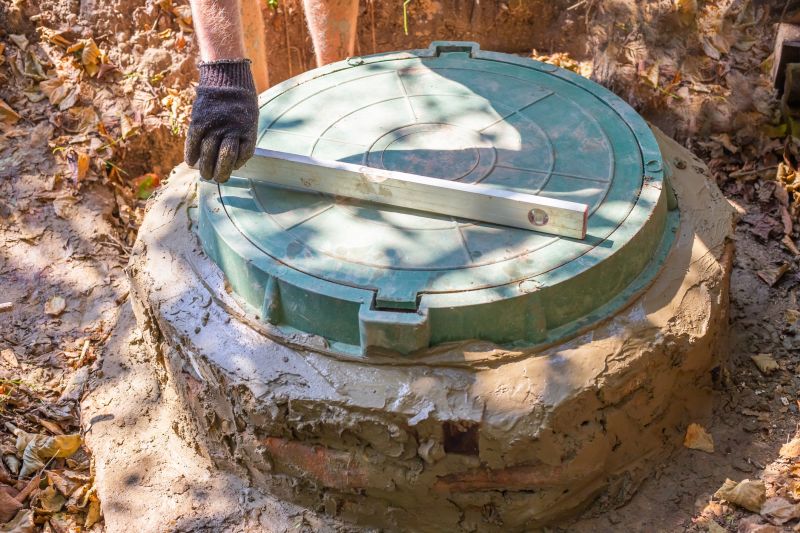
Monitoring helps determine the best timing for emptying.
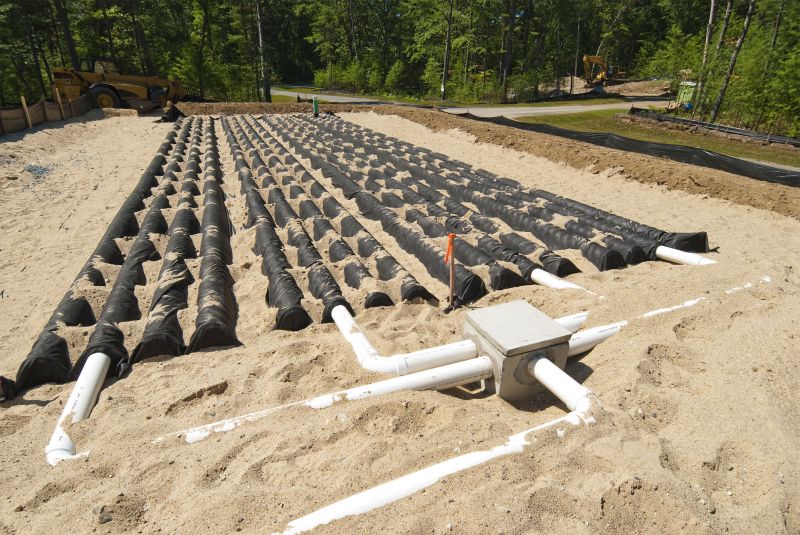
Safe disposal practices protect the environment and public health.
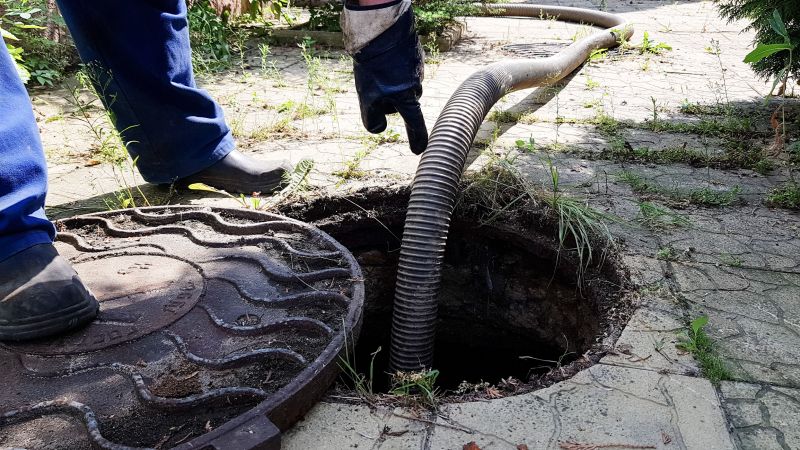
Aligning emptyings with seasonal conditions optimizes system performance.

Ways to make Septic Emptyings work in tight or awkward layouts.
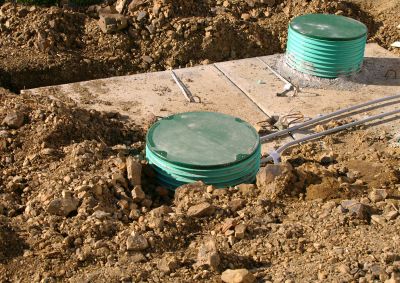
Popular materials for Septic Emptyings and why they hold up over time.
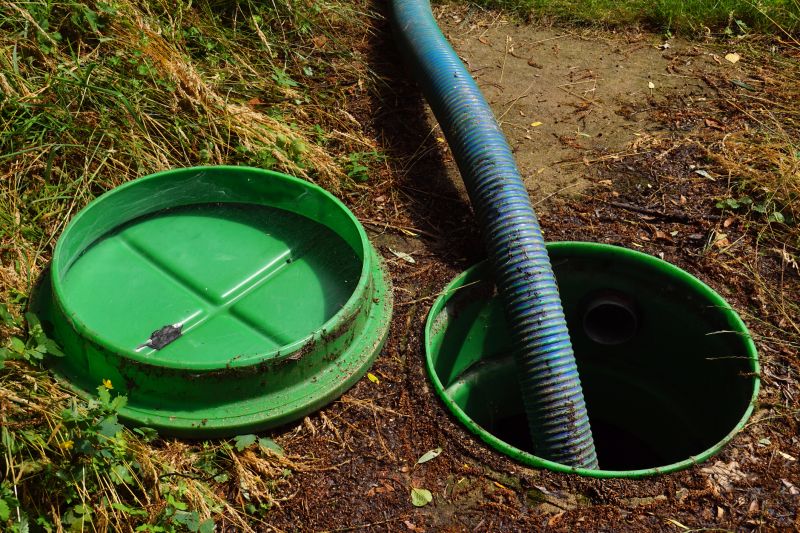
Simple add-ons that improve Septic Emptyings without blowing the budget.
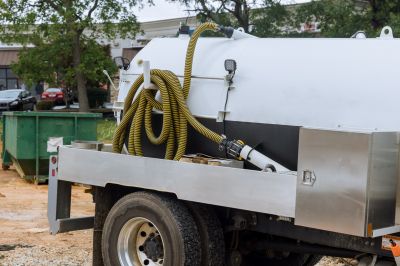
High-end options that actually feel worth it for Septic Emptyings.
Interested in scheduling a septic emptying or seeking further guidance? Filling out the contact form provides a convenient way to receive expert assistance tailored to specific system needs and local regulations.
